By Hans Ebert Visit Hans-Ebert.com
There’s that opening chord to “Hard Days Night”. That “naughty chord”. Some of us are still trying to figure it out. Same with the chords to many of their other songs.

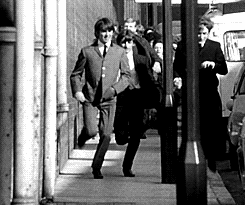
Being left handed, McCartney tuned his guitar differently. Strung his strings “upside down”. Was this how he was seemingly able to pluck such wonderful melodies out of thin air?

There were John songs and Paul songs. John’s songs had a distinctive style. More stream of consciousness. Possibly more than a little influenced by Dylan. Brilliant songs, but one just knew which were “John songs”. Or what part of a Lennon-McCartney song was more John.

“I Will”, “Blackbird”, “Mother Nature’s Son”, almost a mini acoustic suite was all Paul. Same with “Fool On The Hill”, “Here There And Everywhere”, “Michelle” and the very much underrated “For No One”. His demo of this song, apparently written towards the end of his longtime relationship with actress Jane Asher.
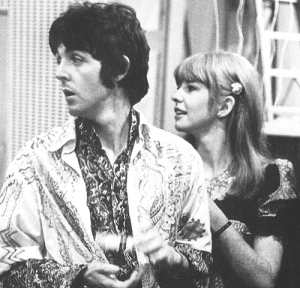
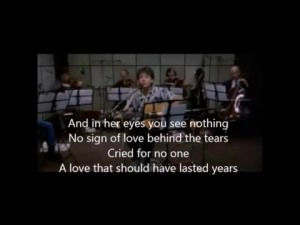
When John and Paul came together, or George Martin took their “bits” and made them whole as in “A Day In The Life”, magic happened.

These “bits” became beyond songs. They were soundscapes. We never heard anything like these because they broke every rule in songwriting. George Martin did away with “chord progressions”. He had moved into “chord progressives”. Left Noel Gallagher to take “John chords” and build new melodies around them.

“Wonderwall” worked for Oasis. But, lest one forgets, “Wonderwall” was the name of a strange little film released in 1968 straight out of left field about a lonely man (Jack MacGrowan) obsessed with his neighbour Penny Lane in the next room played by Jane Birkin.

Apart from adding those unconventional middle harmonies to Beatles songs, this was George’s first solo project and the first recording under Apple. Eric Clapton and Ringo appeared on the soundtrack, but it was very much the start of George’s foray into traditional Indian music and its eventual influence on many Beatles’ recordings- “I’m Only Sleeping”, “Tomorrow Never Knows”, the guitar solos on tracks like the very often overlooked experimentation on “Rain” and later, “Taxman”.
Though pretty obvious today that the Beatles broke up before the “official” split, the Fabs came together to make their “group projects”, where with producer George Martin, their individual strengths contributed towards taking popular music into unexplored areas of a long day’s journey into night.
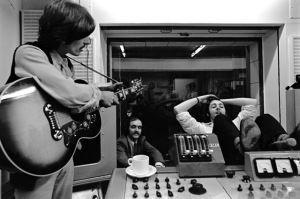
This musical journey remains the longest running concept album in history. It continues today taking on a different meaning as we were so much older then, and we’re younger than that now. Or something like that. It’s one album comprising many albums.
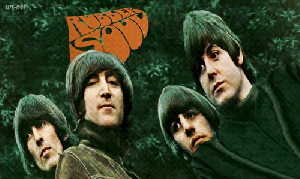

Rubber Soul, for example, took us to Revolver, which eventually led to the introspection and work of individual members creating songs in Rishakesh for the group on the revealing White Album with the Maharishi Mahesh Yogi by their side.
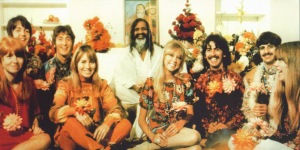
This came right after the suicide of manager Brian Epstein. It remains a cathartic record that’s being re-examined. Probably needs to in order to penetrate anything that you want.

This was the drop off point where things needed to be re-looked before taking off on that Yellow Submarine to fight the Blue Meanies with Sgt Pepper’s Lonely Hearts Club Band. Magical Mystery Tour was just that: a trip outside the square to see where everything might lead. Or end.
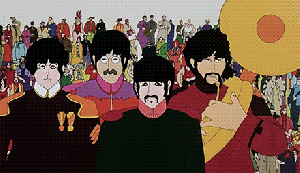
Sgt Pepper’s disbanded and the Fabs returned as the Beatles to Abbey Road before deciding to Let It Be. Their journey had come full circle. There was nowhere else to go except maybe cross the road.

It’s pretty much like where we are today. We’re often not going anywhere, because we really don’t know where anything is leading. That Wonder Wall is now a brick wall. That innocent sense of wonderment has given way to cynicism with very little creativity to produce anything. There’s very little imagination like whether the Walrus was Paul and John finding Lucy in the sky with diamonds.
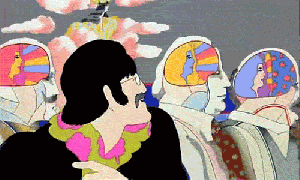
What and where’s that next step? We surely can’t just settle for being a Nowhere Man or regress into Lennon’s isolation?

Having been in advertising, one looks back, often too much, and glamourises the past.

Was the work really that good? We weren’t Don Draper. Or was it the times that made everything impossible seem possible? And which drove us? There was always somewhere new to explore. There was exhilaration ahead. A new Itchycoo Park. Maybe a Clio award. Recognition for breaking with tradition, repetition and bad alliteration. Expert, texpert…

There’s nothing much around today to drive us. To inspire us. Inspiration has become desperation. This leads to isolation and deep rooted frustration. Frustration that there’s too much of everything. And too little of anything worthwhile.
Maybe it’s because technology has made this DIY world too much of insular thinking and not enough teamwork? Or robbed the soul of the spontaneity of creativity?
Could this be because it’s become more and more difficult to find the right team? Those who are unafraid to look at what’s over the precipice and instead preferring to cling to what once was? Believing that this was and is as good as it gets? And then what? Curl up and fade away?
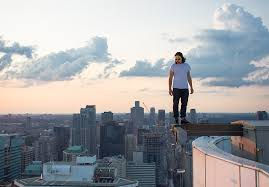
We tend to over-complicate things these days. Make the simple things difficult. And then? And then, nothing gets done. Why? Because there’s no Braveheart leading the charge. Why? Because very few know what they want and the world needs. Braveheart is out of a gig. He’s probably home tweeting. Stagnation has set in.

These days, though trying to make music more than what it has been allowed to become, what’s been interesting is looking at horse racing- horse racing in a bilingual city like Hong Kong and seeing how it can be taken further. Former colleagues in the advertising and music industries don’t see how it can be anything more than the fastest horse winning a race.
What always comes up is ageism. That horse racing belongs in another time. How, at least in Hong Kong, there’s nothing in it for the younger generation.
Point towards what has become a brand- the Happy Wednesday meetings at Happy Valley racecourse and around 19,000 regulars showing up, and there’s a slight curiosity.
Add in the roles that fashion and ‘live’ music play in those twentysomething minutes between each race and the interest level picks up.
Explain how a Happy Wednesday can offer new and existing talent a showcase for them that doesn’t exist in Hong Kong and the wheels start to turn.
Of course, most of these wheels are about how they can benefit their businesses. That’s understandable. It’s about looking for opportunities. But more rewarding looking this way is how something as “old” as horse racing dressed up in new clothes has found new talent like a young and entrepreneurial fashion designer from Melbourne and a Hong Kong born singer-songwriter like Thomas Ngai and provide them with whatever support is available.

It’s not exactly being signed to the Beatles’ Apple label. But it’s a not an insignificant step in the right direction.
Could it lead to a musical where it all happens at a racecourse on a race day? Why not? Maybe there’s a love story here with its own Ballad Of John and Yoko, Polythene Pam, Mean Mister Mustard, Lovely Rita and A Day In The Life. And I Dig A Pony.
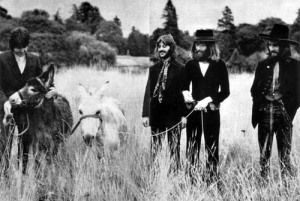
It’s about never settling to be one of the crowd. It’s about breaking away from them. About finding that one person who gives you all the encouragement needed. Your Yoko.

Comments